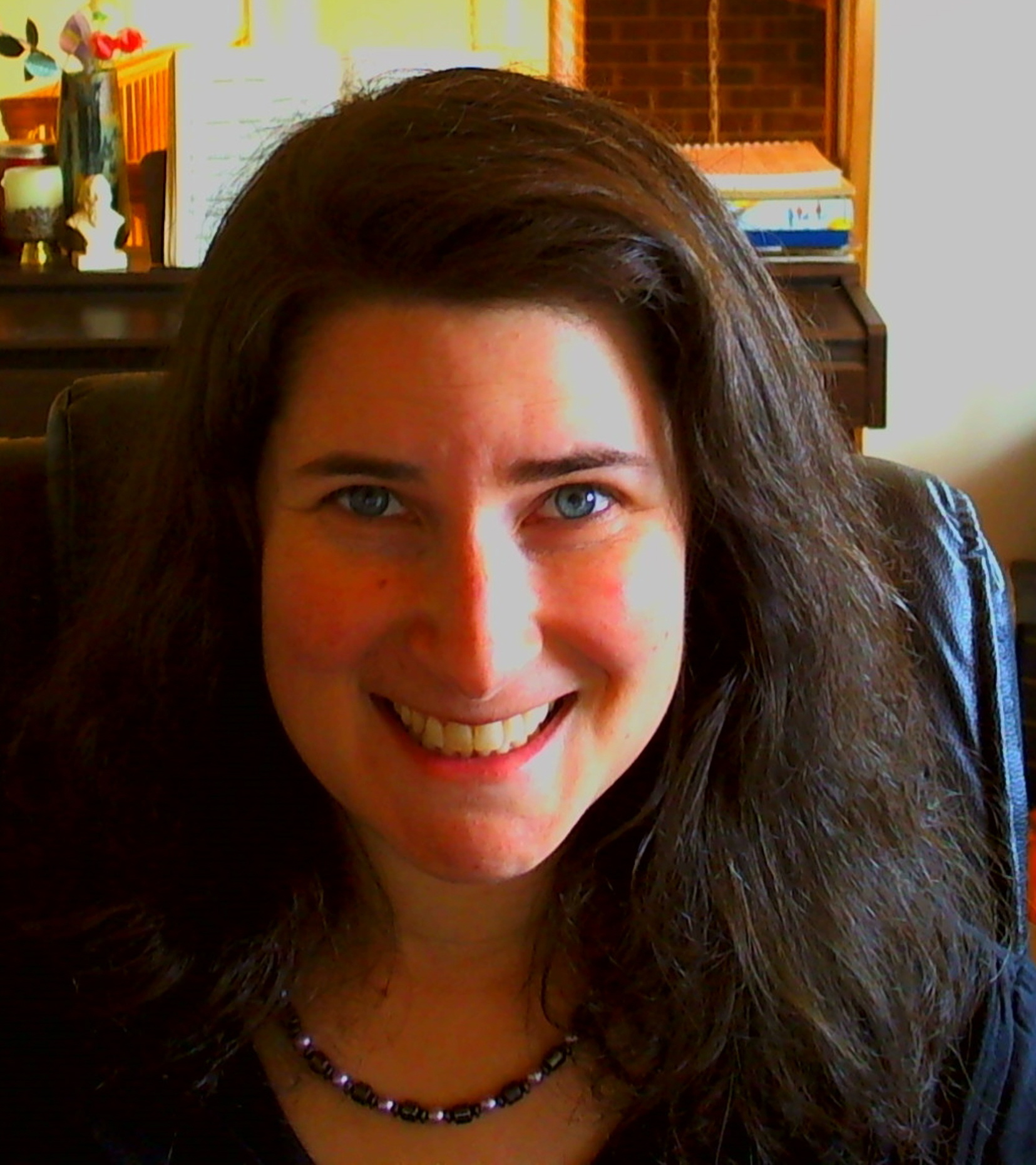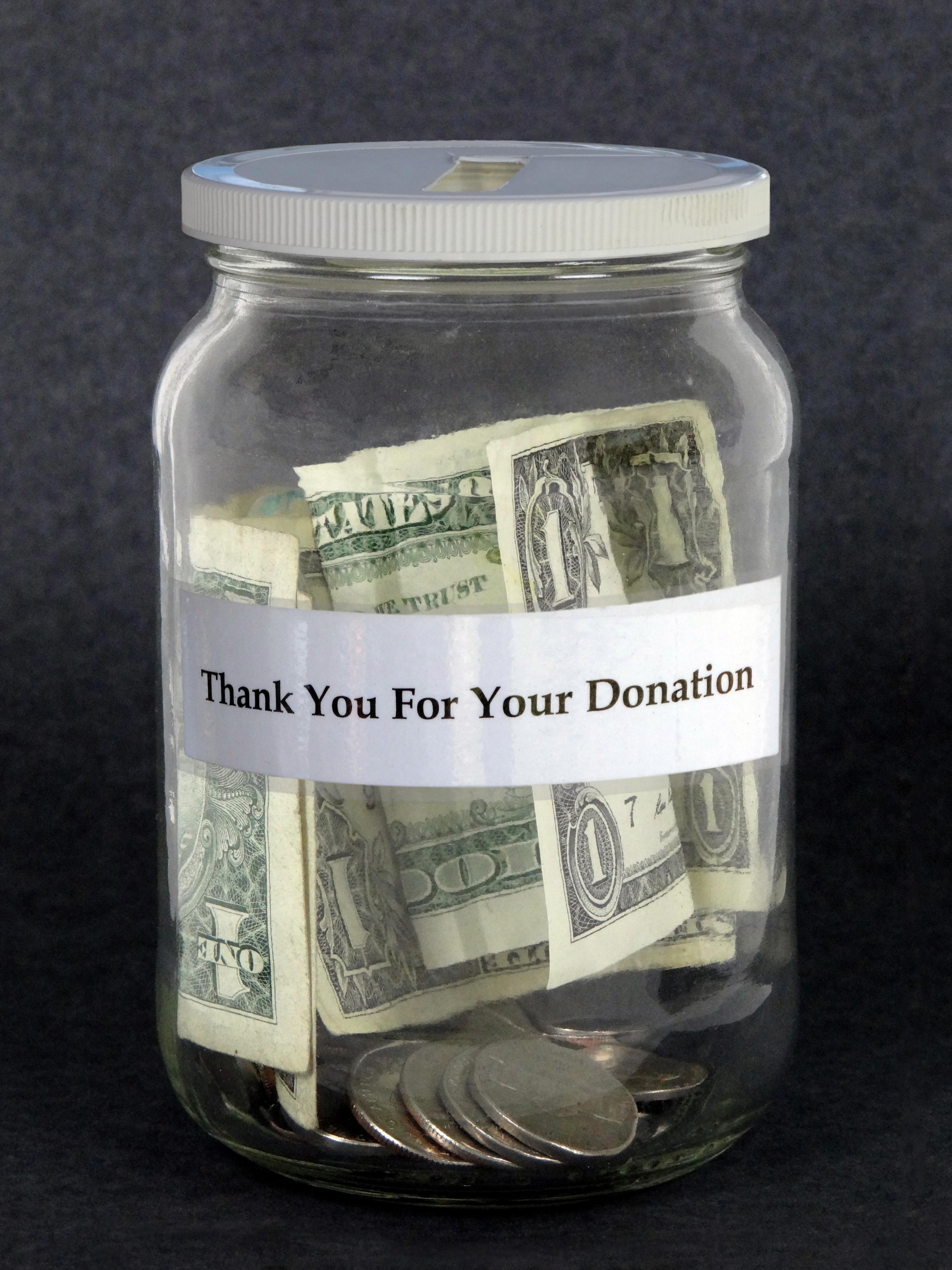A few days ago this article started some people discussing the use of labels and whether or not categorizing is the way to go if you want to reach a more diverse audience:
Novelist Sapphire complains of ‘very real’ racism in the arts
http://bit.ly/n8AX9L
In this case, the placement of your product, your novel in a book store can definitely segment you toward a certain audience. If her novel was placed in the African American section, a smaller percentage of people will find it in that book store. Are the very labels we are creating hindering our purpose of sharing our art with a bigger population that might enjoy it?
Some of the people that were part of the discussion said labels were necessary so our minds can wrap around the concept and decide quickly and efficiently if it is right for us. Others admitted that these preconceptions, although they might help us make a quick decision, also may not allow us to be open to new opportunities and new art.
I shared with them the fact that a Jazz Festival in the past dropped “Jazz” out of their title and simply dubbed it a “Music” Festival. They ended up with bigger audience numbers and more younger people attending that year. The preconceptions of the younger audience with the term “Jazz” was the reason they did not attend before. “That’s my parent’s music,” they said, but when they listened without knowing it was jazz, “This is great music!”
Today I found an article about brainstorming to find the right audiences. The article starts with:
“If ever a Producer tells you their show is for ‘everyone’ . . . run.”
50 Days ’til Godspell: Identifying niches in our audiences.
http://bit.ly/rue1E3
I myself work with clients to identify the right audiences for a particular artist, organization or event. Does this mean that we are limiting our potential audiences? It seems that the very act of our labeling could be a downfall.
In my way of thinking, to label or not to label is the question, but in another way of thinking, if you are “labeling” properly, there would really be no issue.
Let me explain. When you are sitting down to find the right audiences for your art, organization, etc., it is best to do a very thorough job of it. You need to brainstorm creatively and look in all the nooks and crannies of the bigger picture to find all your audiences to list. This is where some people and organizations are going wrong. They are not thinking creatively enough to find all their audiences.
In the example of the book store, they are not only hindering the novelist’s chances of bigger success, but they are shooting themselves in the foot as well. Perhaps her books would be best in more than one location in the store. If the book was a memoir, sure you can put it in the African American section, but why not also put it in the memoir section? To not honor all of what the book is meant to be could clearly be a case for being perceived as a little prejudiced. To not honor all of what your art is meant to be will translate into bad audience development as well.
So, the message is clear. Sure, go ahead and label, but do not limit your labeling. Instead, get very honest and open and brainstorm the different audiences that would enjoy the different facets about your art. This way you not only will find your own niche, but you will find all of your niche audiences you can begin to connect with.
Cheers to happy and loyal audiences,
Shoshana
Shoshana Fanizza
Audience Development Specialists
https://www.buildmyaudience.com
“Never treat your audience as customers, always as partners.”
~James Stewart






I like the idea of ‘repeat filing’ (where stock levels allow!) and agree re ‘everyone’ as a target audience.
Equally, it’s worrying when people talk about their ‘audience’ in the singular, rather than plural: as if it was a monolithic block who are all alike and who all think and do exactly the same things… So I like how you’re talking about ‘finding all their audiences’ here!
Thanks for stopping by, Oliver. Yes, audiences, plural, is best!
As an Audience Development Expert, I always recommend to my clients to examine all aspects of their products. If a play includes a great deal of original music and some contemporray dance, for example, then seek out music and dance lovers beyond theatregoers. What are the play’s themes? Social? Historic? Then target profesionnals, students, teachers, etc.
Hi Denis,
I completely agree, and I think it can go even further when considering the emotion, the characters, the look and feel of the play (or art). You can really dig and find some interesting niches you may not have thought about before going to this level. Thanks for commenting!
We seem to be on the same wavelength, Soshana. By the way, I appreciate all you do online. Thanks.
[…] collègue américaine experte en développement de public, Soshana Fanizza (photo), s’interroge sur l’impact des étiquettes ou des définitions […]
Hi Soshana. I mentionned your latest blog posting on my own blog. It’s in French (I live in Canada), put you can take a look at it at http://www.developpezvotreauditoire.com.